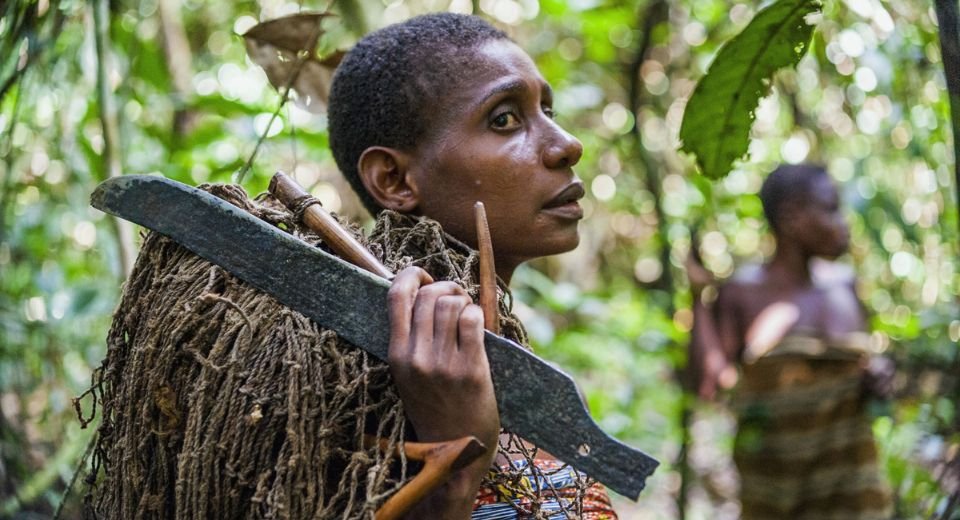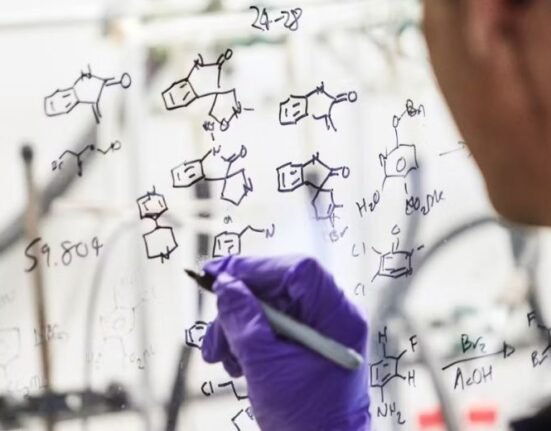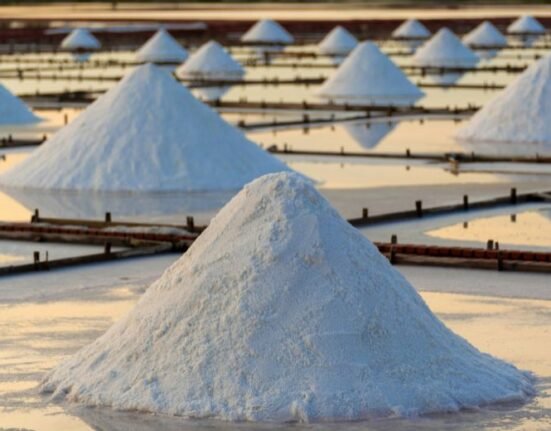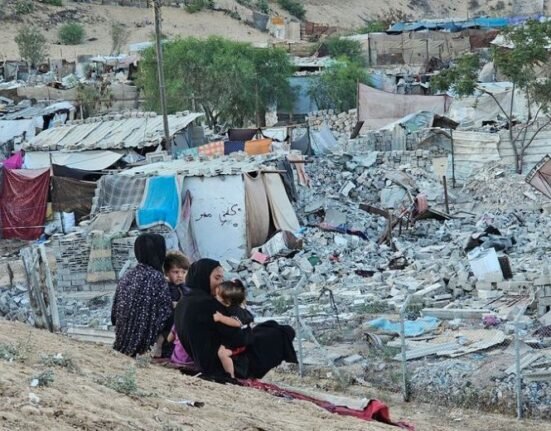HQ Team
December 7, 2023: Climate funds sanctioned by nations globally for Indigenous Peoples and local communities tend to “evaporate” when channelled through third parties, according to a report.
The funds often appear to dissipate in complex transactions through numerous layers of multilateral institutions, according to the report, which was unveiled in Dubai during the ongoing COP28.
Research from the Global Alliance of Territorial Communities (GATC) found that inadequate, antiquated systems for delivering funding – often through third parties – meant just a small fraction of money was reaching Indigenous Peoples and local communities.
Lord Goldsmith, a former Minister of the Foreign, Commonwealth and Development Office, UK, said: “The money often appears to evaporate in complex transactions through numerous layers of multilateral institutions, raising concerns that too little is being done to support the quest of Indigenous Peoples and local communities for their land rights as a climate solution.”
Frustrated, many Indigenous organisations and local communities are now starting their financing mechanisms. These communities conserve some of the world’s most biodiverse and carbon-rich tropical forests in Africa, Asia and Latin America.
‘1% trickles down’
“We also know that less than 1% of all climate finance trickles down to our communities, according to recent studies,” says Levi Sucre Romero, an Indigenous Bribri Costa Rican leader who serves on the GATC council and is the coordinator of the Mesoamerican Alliance of Peoples and Forests (AMPB).
“You would have to ask these intermediaries where all the money is going, and what it is being invested in. We would like to know that as well,” said Mr Romero.
The pressure on their land is “greater than ever,” he said. It has political and economic roots. There’s the expansion of industrial agriculture, of monocultures, of mining and fossil fuel extraction.
“We need help and additional resources to continue protecting them.”
Indigenous Peoples own, occupy, or use a quarter of the world’s surface area. They conserve 80% of the world’s remaining biodiversity and recent studies reveal that forestlands under collective IP and local community stewardship hold at least one quarter of all tropical and subtropical forest above-ground carbon.
They hold vital ancestral knowledge and expertise on how to adapt, mitigate, and reduce climate and disaster risks, according to a World Bank report.
Land rights
Much of the land occupied by Indigenous Peoples is under customary ownership, yet many governments recognize only a fraction of this land as formally or legally belonging to Indigenous Peoples.
During COP26 in Glasgow, world leaders took a pledge to deliver $1.7 billion in five years directly to Indigenous Peoples and local communities. In its first year, communities received 2.9% of this money, according to another report by the Forest Tenure Funders Group (FTFG).
In the second year, the money communities received dropped to 2.1 per cent. “This shows we are going backwards.”
Mina Susana Setra, deputy to Secretary General of the Indigenous People’s Alliance of the Archipelago (AMAN) on Social Culture Affairs – the world’s largest Indigenous organisation — said there were assumptions that local communities cannot manage funds.
“In our experience, there are assumptions that IPs (Indigenous Peoples) organisations …are unable to carry out the programme, so it has to be handled by others.”
GATC’s efforts to collect data for the report revealed that Indigenous Peoples and local communities are often excluded from discussions about funding for their territories and organisations.
Not included in conversations
“The study that we put out today supports what we all know to be historically true,” Mr Romero says. “Indigenous Peoples and local communities must be included in conversations about investing in the protection of nature.”
“When you don’t include these communities in developing funding mechanisms, or recognise the role they play in protecting tropical forests, how international aid is delivered can never change,” he said.
The UNFCCC’s first global stocktake stopped short of calling for funds to support the land rights of Indigenous Peoples and local communities and their proven, outsize role in conserving and restoring tropical forests.
Though many donors are committed to increasing support for local communities and Indigenous Peoples, they are still trying to figure out how to channel the funds to get to them. It’s slow progress.
“We urgently need to turn things around, yet progress is painfully slow,” said Mr Goldsmith.
Slow progress
Ford Foundation President Darren Walker, who wrote an introduction to the Forest Tenure Funders Group report, acknowledged the problem, noting that donor practices and priorities “are not changing fast enough.”
Funding remains insufficient, inequitable, and inflexible,” Mr Walker wrote in his introduction.
“In 2022, an unacceptably small volume of funding—only $8.1 million—flowed directly from pledge donors to Indigenous Peoples, local communities and Afro-descendants. I am disappointed by our slow progress on this point, and I know our Indigenous, local community and Afro-descendant partners will be, too.”









1 Comment